In a world where stereotypes shape perceptions and restrict creative expression, street art has emerged as a dynamic and transformative force. Evolving from its roots in urban rebellion and graffiti, street art has transcended its underground origins to become a respected and influential art form. This article delves into the captivating world of street art, tracing its origins, exploring its diverse forms, and examining its profound impact on challenging stereotypes.
Origins and Evolution
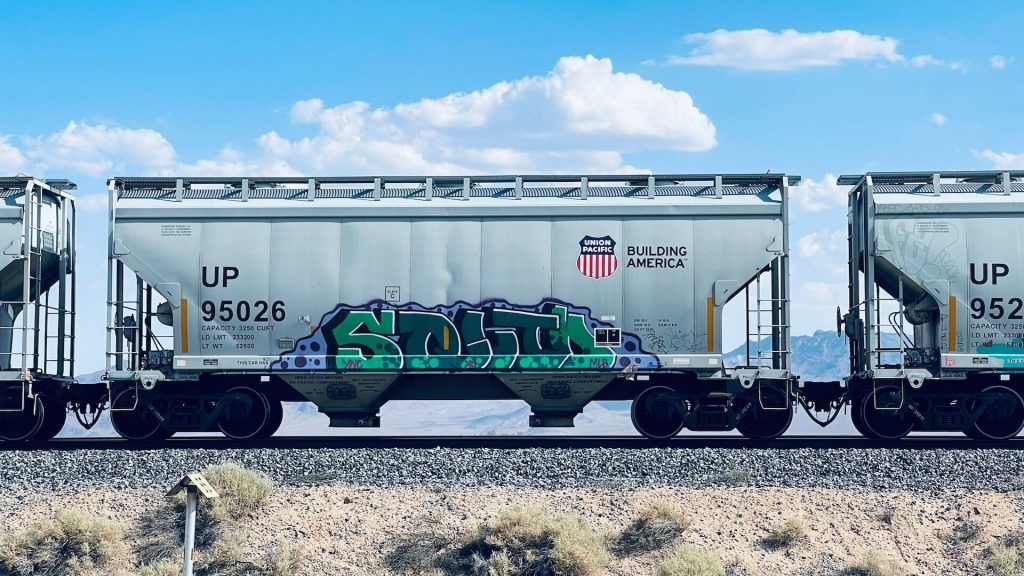
Street art’s origins can be traced back to the graffiti movement that emerged in the 1960s and 1970s, primarily in urban centers like New York City. Rooted in counterculture and urban rebellion, graffiti was often seen as a form of vandalism rather than artistic expression. However, over time, this rebellious spirit evolved into a legitimate artistic movement, pushing artists to explore new forms of creative expression.
Street art, while still a form of artistic rebellion, expanded beyond the confines of graffiti. Artists, commonly referred to as “writers,” began to experiment with various mediums and techniques, giving rise to a diverse range of artistic styles. This transition marked a shift from mere acts of vandalism to a purposeful and impactful artistic movement that aims to challenge stereotypes, provoke thought, and redefine public spaces.
Diverse Forms of Expression in Street Art
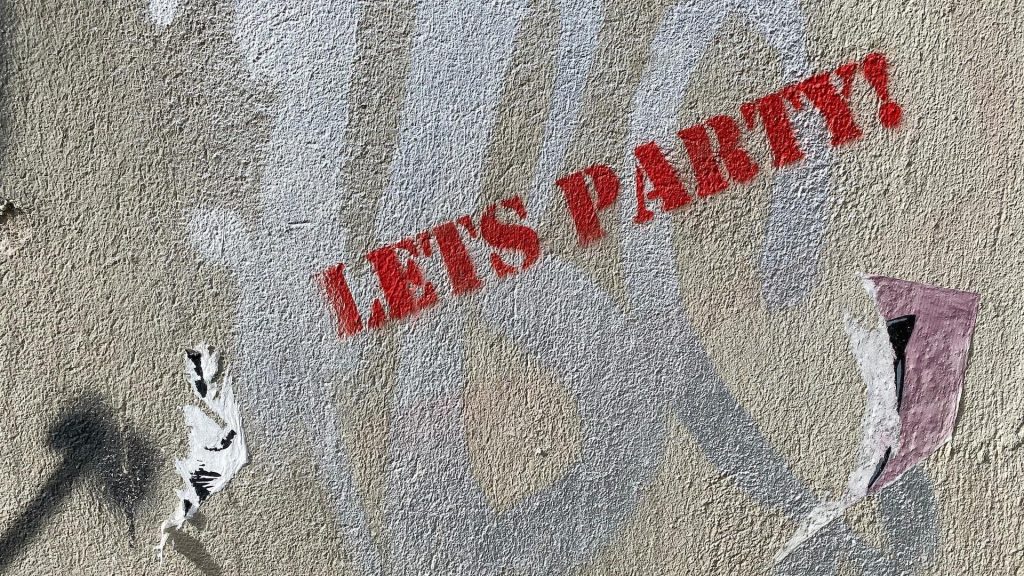
Street art’s canvas is the urban landscape, and artists wield a wide array of tools to convey their messages. Murals, characterized by their large-scale and immersive nature, offer artists the space to create intricate and impactful designs. Stencils allow for the replication of intricate patterns and images, while installations break free from traditional canvas constraints, often inviting viewers to engage with the artwork physically.
This diversity of artistic expression goes beyond technique; it embodies a rebellion against conventional norms. Artists frequently blend elements from various art forms, ranging from graffiti to pop art and surrealism, resulting in a unique fusion that defies categorization. The very act of utilizing public spaces as an artistic medium challenges the traditional confines of gallery walls and art studios.
Social Commentary and Activism Through Street Art

Street art has transcended aesthetics to become a powerful platform for social commentary and activism. Artists leverage their work to address pertinent social issues, from human rights to environmental concerns. Murals, stencils, and installations become canvases for thought-provoking messages that engage passersby in critical dialogues about societal norms and injustices.
One of the most iconic examples of street art as political activism is Banksy’s work. His pieces often feature powerful imagery and biting satire, challenging prevailing narratives and raising questions about authority, consumerism, and power dynamics. Street art’s accessibility to the masses amplifies its impact, as it fosters conversations that might not occur within the confines of traditional art spaces.
Breaking Gender Stereotypes in Street Art
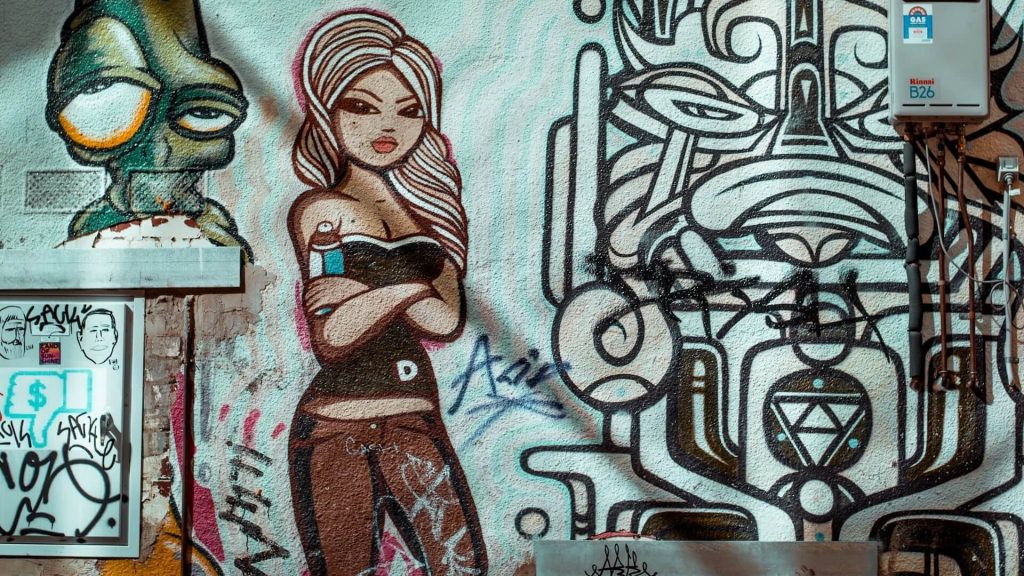
The art world, historically dominated by male artists, has seen a surge of female and non-binary artists in the realm of graffii. This shift is instrumental in challenging gender stereotypes that have long been perpetuated within the art scene. These artists use the streets as a platform to challenge and deconstruct conventional notions of femininity, masculinity, and gender identity.
Through their art, these artists explore themes of empowerment, identity, and autonomy. Portrayals of strong, multifaceted women and non-binary individuals challenge the one-dimensional representations often found in traditional media. The streets become an open dialogue for conversations about gender fluidity, equal representation, and the celebration of diverse identities.
Street Art’s Impact on Urban Identity
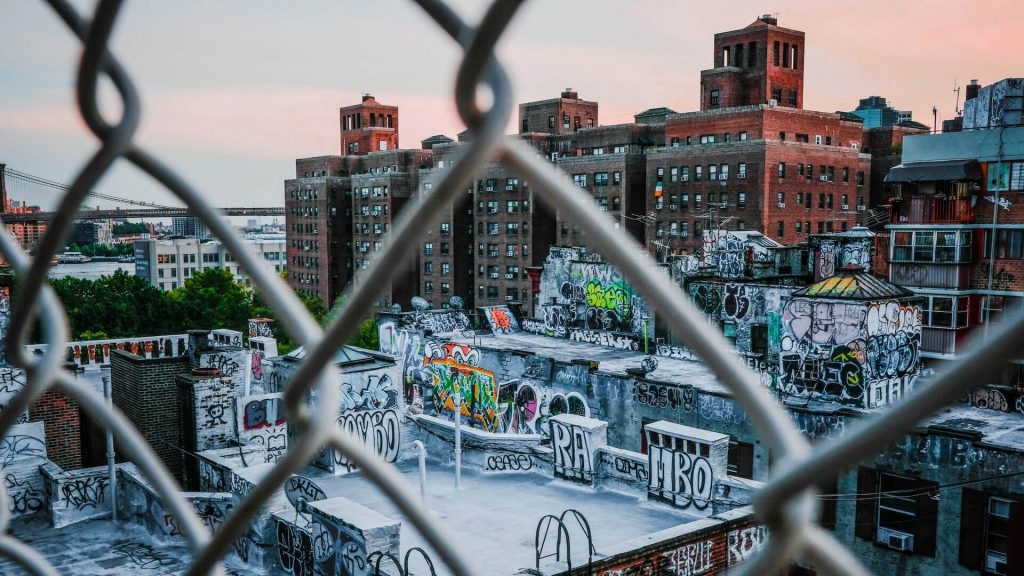
Cities possess distinctive identities often shaped by cultural narratives and media portrayals. Street art challenges these stereotypes by transforming neglected spaces into vibrant hubs of creativity. Walls, previously overlooked and marginalized, become canvases for narratives that reflect the unique character of a neighborhood. Through intricate murals and innovative installations, street art challenges preconceived notions about urban areas, inviting viewers to engage with their surroundings in new and thought-provoking ways.
This transformation of urban spaces goes beyond aesthetics. It fosters a sense of community ownership and pride, as residents witness their environment undergoing a metamorphosis. This type of art not only challenges stereotypes externally but also empowers local communities to shape and reclaim their narratives.
Empowerment of Marginalized Voices in Street Art
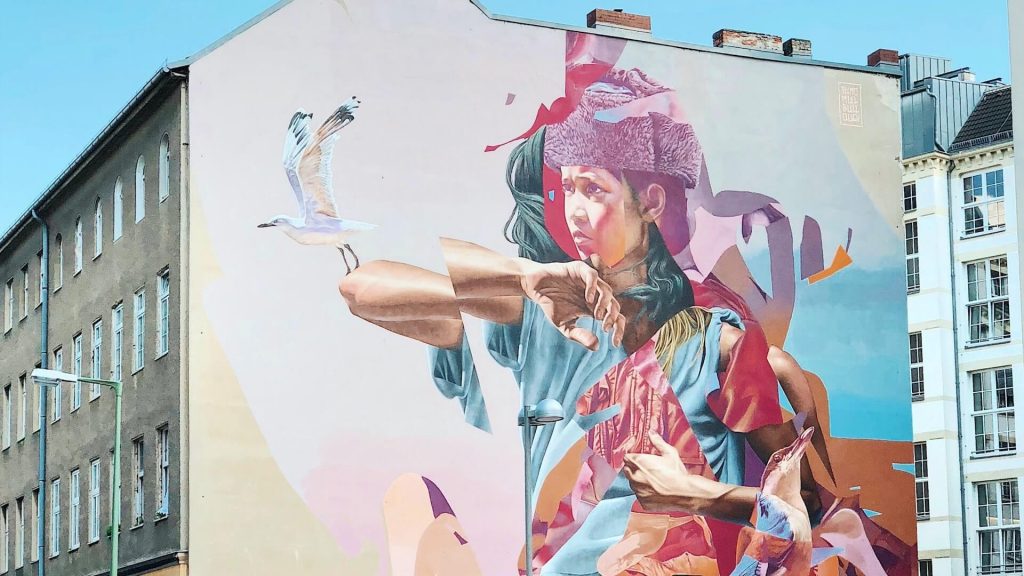
Street art provides a platform for marginalized voices to be heard, stories to be told, and experiences to be acknowledged. Artists from underrepresented communities leverage this platform to shed light on issues that often remain obscured by mainstream narratives. Murals and installations become potent visual narratives that challenge societal norms, systemic inequalities, and racial injustices.
Artists like JR, for instance, have employed street art to give faces to individuals from marginalized communities. His “Inside Out Project” uses massive portraits of locals plastered on public walls, humanizing individuals whose voices are often overlooked. By occupying public spaces with their stories, marginalized communities find their narratives amplified, fostering conversations that demand societal change.
Street Art in Advertising
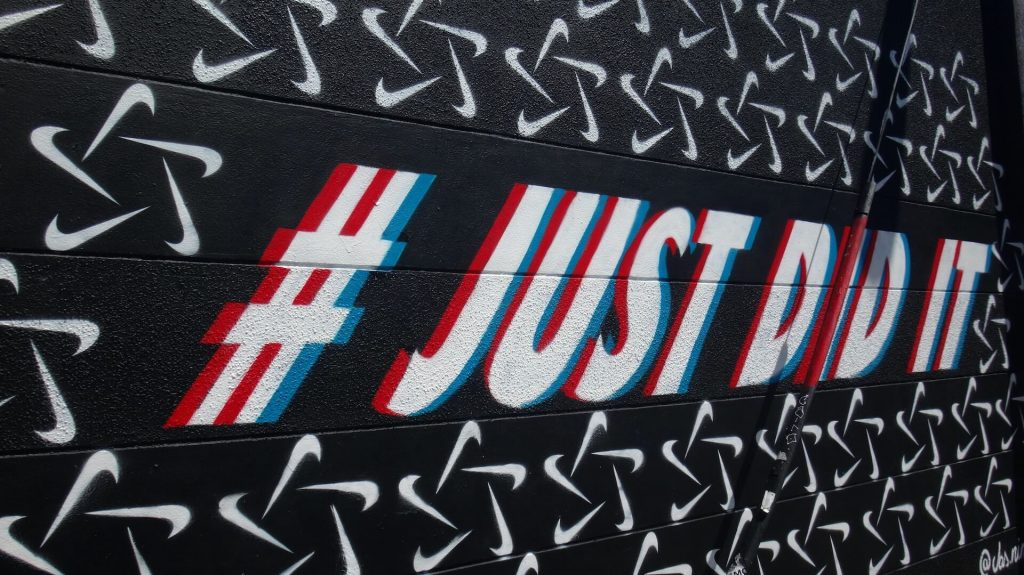
The intersection of street art and advertising might seem paradoxical, but it presents a unique opportunity to challenge consumerism and societal norms. Street art’s raw authenticity contrasts sharply with the polished veneer of traditional advertising. Brands that incorporate street art aesthetics into their campaigns tap into a spirit that resonates with audiences seeking authenticity and rebellion against traditional norms.
This fusion of commercialism and grassroots expression often creates campaigns that surprise and engage audiences. Brands are no longer just selling products; they’re aligning themselves with a cultural movement that defies conventional marketing strategies. Street art’s authenticity serves as a powerful tool for breaking stereotypes associated with commercialism, promoting a message of rebellious individuality.
Public Perception Shift
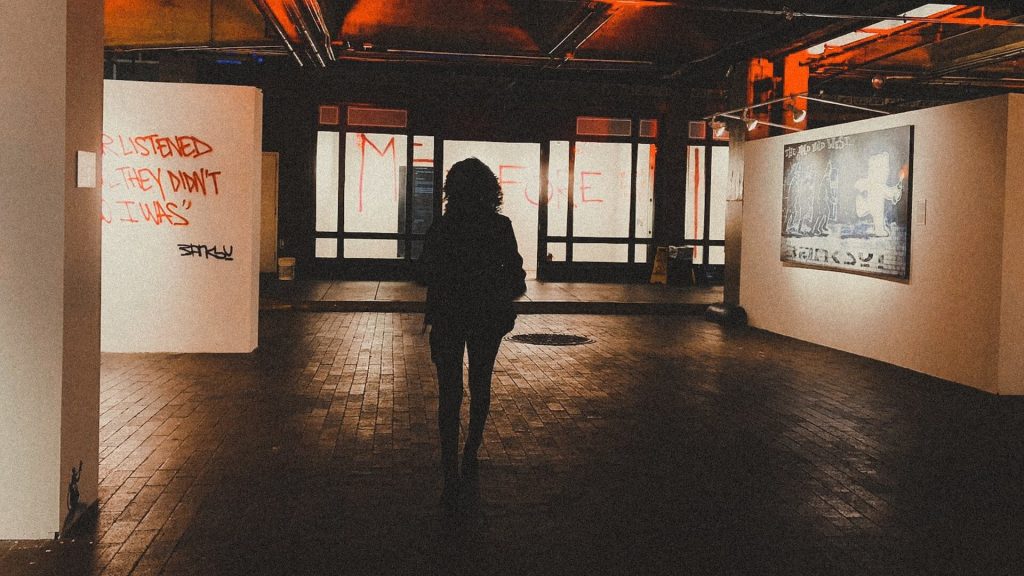
Street art’s journey from the streets to galleries signifies a profound shift in public perception. Once considered ephemeral and transient, street art now occupies gallery walls and museum exhibitions. Institutions that were previously wary of this unconventional form of art now celebrate it as a valid and integral part of contemporary art.
This shift challenges the binary distinction between “high” and “low” culture, reshaping how society defines artistic merit. Galleries provide a formal setting for street art to be appreciated, inviting viewers to engage with its messages in a different context. The public perception of this art as a legitimate and influential form of fine art contributes to the ongoing transformation of artistic norms.
Educational Potential in Schools
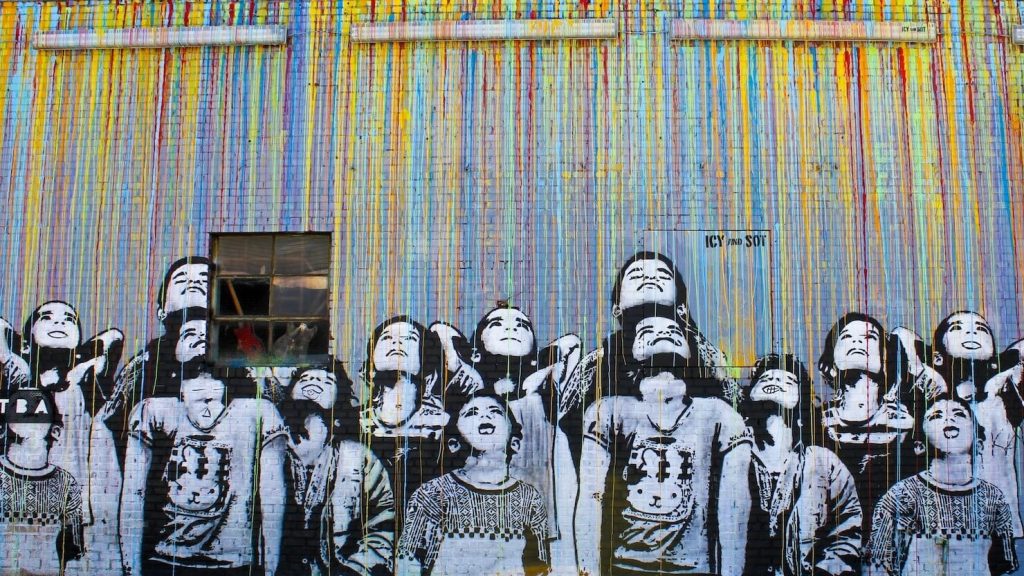
Educational institutions are embracing the educational potential of street art. Integrating street art into curricula provides students with a unique opportunity to engage with unconventional forms of creativity. Beyond traditional artistic techniques, street art encourages critical thinking, interdisciplinary exploration, and a fresh perspective on societal norms.
By immersing students in the world of street art, educators foster an environment of experimentation and curiosity. Students are encouraged to question norms, challenge stereotypes, and confront complex issues through creative expression. Street art’s ability to disrupt traditional educational paradigms empowers students to think outside the box, celebrating individuality and diversity.
Fostering Unity and Connection
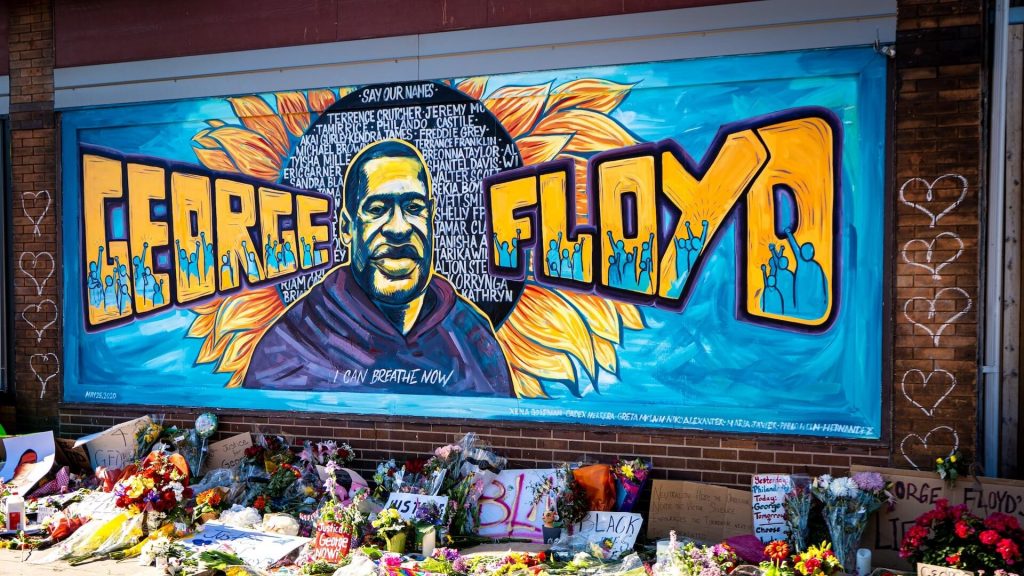
Collaborative projects transcend geographical and cultural boundaries, fostering unity and cross-cultural connections. Artists from different corners of the world collaborate to create intricate works that merge diverse artistic styles and narratives. These projects challenge stereotypes by showcasing the beauty of collaboration and diversity.
These collaborations go beyond artistic expression; they bridge cultural divides and amplify shared human experiences. Collaborative street art dismantles stereotypes by highlighting the common threads that bind us, fostering empathy and understanding across borders. Through these projects, street art becomes a universal language that transcends differences and celebrates the power of collective creativity.
Conclusion
In a world where stereotypes persist, street art emerges as a force of creative resistance and transformation. From its origins in graffiti rebellion to its current status as a respected art form, street art challenges preconceived notions, defies artistic boundaries, and sparks conversations that demand change. Through its diversity of expression, it amplifies marginalized voices and empowers communities. Street art’s journey from the streets to galleries challenges traditional perceptions of art, while its integration into education promotes critical thinking and individuality.
As it continues to rise in popularity, it embodies the essence of breaking stereotypes, not just in the realm of art, but also in our understanding of society, culture, and creativity. With each stroke of paint and each mural that adorns a wall, street art asserts its role as a catalyst for transformation, a voice against conformity, and an embodiment of the power of artistic expression.